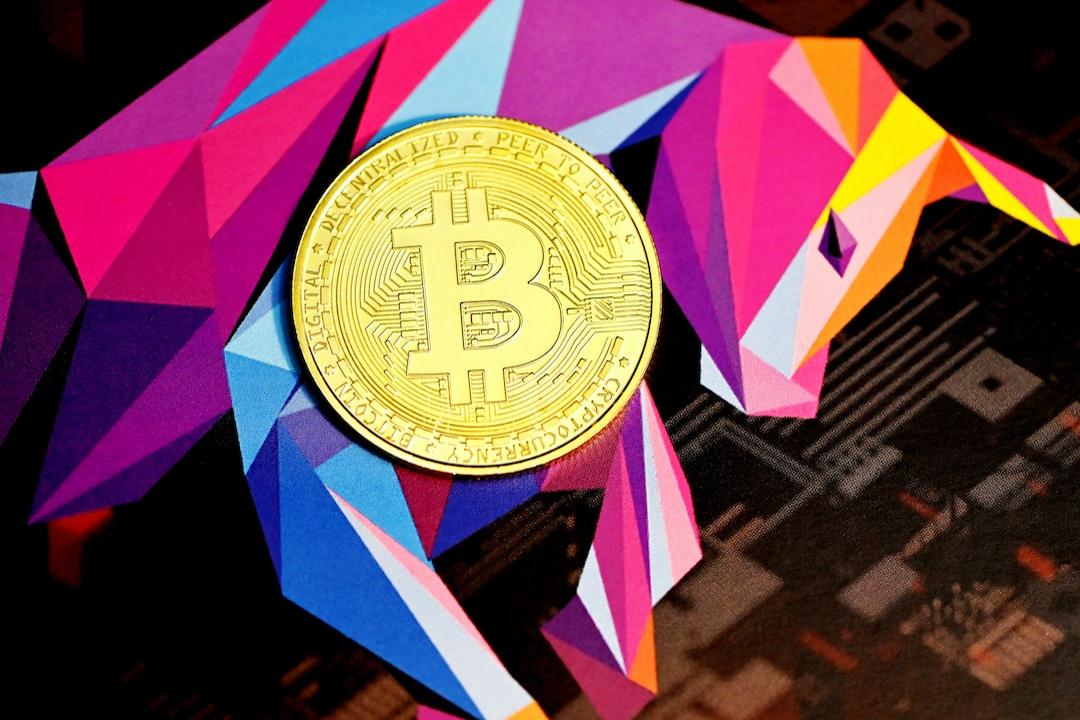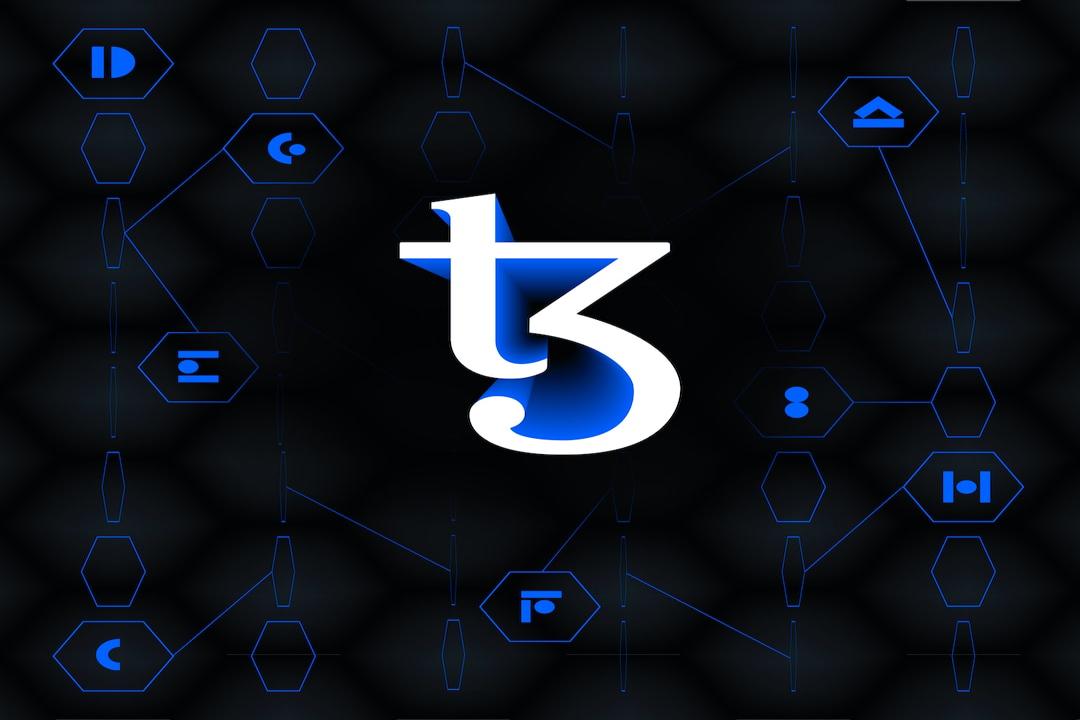NOIDA (CoinChapter.com) — Polygon’s POL token has outpaced the broader market in April 2025, rising nearly 38% in the past two weeks to trade just under $0.28.
The rally follows a decisive breakout from a multi-week falling wedge pattern, aided by strong ecosystem developments and renewed investor interest in staking incentives.
The overall crypto market is showing signs of recovery. Bitcoin holds above $93,000, and Ethereum consolidates at nearly $1,794. Institutional interest is returning, evidenced by increased ETF inflows and renewed risk appetite.
A significant macroeconomic factor influencing this trend is the weakening U.S. dollar. The U.S. dollar index (DXY) has declined to multi-year lows following the Trump administration’s reimposition of broad tariffs, including a 145% duty on Chinese electric vehicles. This has raised concerns about stagflation—slowing growth coupled with rising prices.
Against this backdrop, assets with supply caps or utility-driven demand, like POL, are gaining investor favor. Polygon’s aggressive ecosystem expansion likely helped POL price action breakout of a bullish setup.
Falling Wedge Breakout: POL Eyes Measured Upside
Meanwhile, the POLYG USD pair has broken out of a classic falling wedge pattern—a bullish setup often forming after extended downtrends. The structure reflects exhaustion in selling pressure, where lower highs and lower lows gradually compress into a narrowing range. The breakout usually triggers sharp upside momentum once buyers overpower the descending trendline resistance.
After weeks of tightening, POL’s price moved decisively above the wedge’s upper boundary. Traders commonly determine the wedge’s breakout target by measuring the distance between the widest part of the wedge and then projecting it from the breakout point.


The projection places the price target near $0.61, which would help POLYG price spike 143% from current levels. Though an attractive target, it is unlikely that POL price would reach the projected target in one single rally.
Support now rests near $0.23 and $0.2, the level that previously capped multiple relief bounces and now acts as a pivot. Immediate resistance is near $0.276, tied to the 0.618 Fibonacci retracement of the broader decline. A flip above this zone would expose $0.31 as the next key resistance level. Holding above the breakout trendline and 50-day EMA (~$0.22) is critical for sustaining bullish momentum.
The RSI is above 74, signaling an overbought condition on the daily chart. However, a high RSI often reflects strength, not reversal, in breakout scenarios. Short-term pullbacks may occur, but as long as POL holds above $0.23, bulls will likely retain control. The measured wedge breakout favors a continued rally toward $0.61 in the coming weeks.
AggLayer and Pyse Drive Price Momentum
The AggLayer Breakout Program and the Pyse EV fleet partnership were key drivers behind the recent rally in POL prices. Both developments fuel long-term demand while reducing active supply, which was critical to the recent price surge.

Launched in April 2025, the AggLayer Breakout Program incubates high-potential chains that commit token airdrops to POL stakers. Graduates include Privado ID, Miden, and a stealth DeFi protocol, offering 5%, 10%, and 15% of their token supplies, respectively, to POL stakers.
These airdrops reward participation and lock up supply, increasing staking rates and placing upward pressure on POL’s price. According to on-chain data, over 20% of POL’s supply is now staked, an indicator of growing user confidence and reduced market float.
Privado ID has gained traction after being tested by global institutions like HSBC and Deutsche Bank and accepted into the EU Blockchain Sandbox. Meanwhile, Miden, built by a former Meta blockchain engineer, is nearing launch. The institutional-grade quality of these projects highlights the Breakout Program’s credibility.

On the enterprise front, Polygon’s partnership with Pyse introduces a real-world application through a blockchain-powered electric delivery fleet in Dubai. Each vehicle uses a DePIN (Decentralized Physical Infrastructure) mining module to collect urban data like air quality and noise.
Polygon powers the infrastructure entirely, which helps establish the network’s scalability for tokenizing real-world assets. Expansion into India is already in the pipeline, pointing to broader use of POL for gas and staking rewards.
Polygon’s NFT sector has also shown strength. Weekly sales crossed $22.3 million, briefly outpacing Ethereum. Collections like Courtyard—focused on tokenized physical goods—fueled the surge. While NFT trading doesn’t directly affect POL’s tokenomics, it reinforces Polygon’s ecosystem activity.
These developments collectively validate POL’s bullish breakout. Sustained momentum will hinge on maintaining Polygon’s edge in staking incentives, real-world utility, and institutional engagement.

